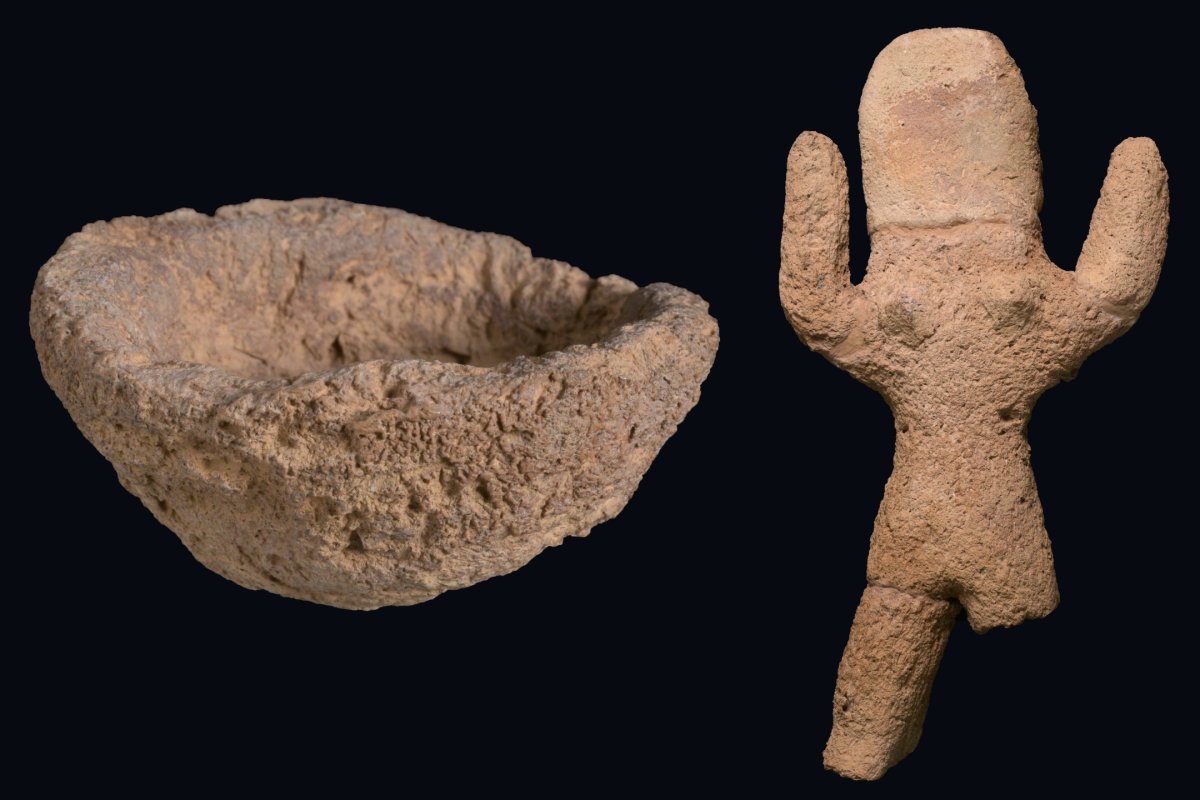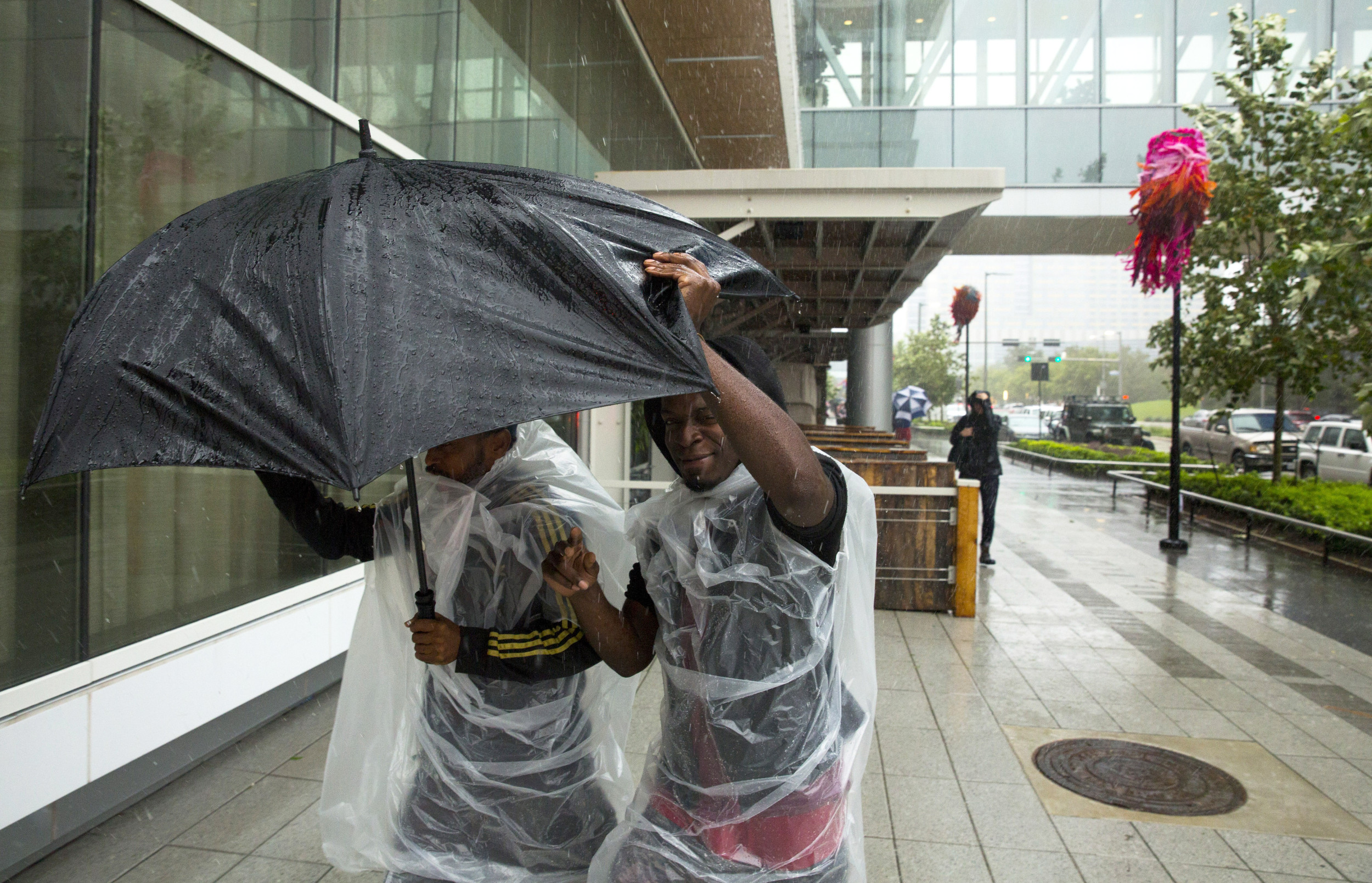A strange collection of objects found along a major pilgrimage route may have been used in "magical rituals" by sorcerers around 400 years ago, the Israel Antiquities Authority (IAA) has announced.
While archaeologists discovered the "unique" set of objects in the 1990s in southern Israel's Eilat region, researchers now speculate these objects were used in "magic or sorcery", which, they say, shouldn't be surprising.
In this region, many remains of the Muslim pilgrimage road known as the Darb al-Hajj al-Maṣri are preserved.
The route starts in Cairo, Egypt, and crosses the Sinai Peninsula before ending in Mecca, Saudi Arabia. The road was in use in the period after the rise of Islam, starting from around the 7th century A.D., all the way up until the 19th century.

Travelers may have taken the route when making the hajj—an annual Muslim pilgrimage to Mecca, considered the holiest city for practitioners of the religion.
All adult Muslims who are physically and financially capable of undertaking the journey are required by their religion to make the trip at least once in their lifetime.
In the Eilat region, preserved remains of the Darb al-Hajj al-Maṣri include sections of the road, camps and other associated structures. Most of these remains date to the Mamluk and Ottoman periods from the thirteenth and fourteenth centuries A.D. onwards.
The unusual collection of objects discovered in the 1990s was found by one of the campsites dotted along the road, known as Netafim 2.
The objects include fragments of clay rattles, clay incense burners, anthropomorphic figurines, some seashells and a cluster of colored quartz pebbles, among others.
For a study published in the Journal of Material Cultures in the Muslim World, researchers analyzed the artifacts and discussed why they believe the items were used in such a now seemingly occult manner.
The Ottoman Empire, which was established by Turkish tribes in Anatolia, became one of the most powerful states in the world during the 15th and 16th centuries.
At its greatest extent, the empire covered most of southeastern Europe, as well as parts of North Africa and the Middle East, including the territory where Israel is now located.
According to the researchers, the objects found at Netafim 2 would have been used in magical rituals and ceremonies designed to ward off the evil eye, heal diseases, and more. Pilgrims may have stopped to pay a visit to professional sorcerers along their route who offered such services.
"This discovery reveals that people in the early Ottoman Period—just as today—consulted popular sorcerers, alongside the formal belief in the official religion," the researchers said in an IAA press release. The authors of the paper are Itamar Taxel with the IAA, Uzi Avner of the Dead Sea-Arava Science Center, and Nitzan Amitai-Preiss of the Hebrew University of Jerusalem.
Analysis of the clay used to make the ceramic artifacts has determined that they originally came from Egypt.
The researchers came to the conclusion that the objects were used in magical rituals based on their location at the edge of the campsite, a comparison to other known artifacts from the Muslim world, and the fact that they were all found together as a group.
"The artifacts were found broken, and they may even have been purposely broken in the ceremonies. It seems that these rituals were carried out at the site by one or several people who specialized in popular magical ceremonies," the researchers said.
"From the literary sources, we know that there was a demand for magical rituals among people from different strands of society. Such rituals were carried out daily alongside the formal religious rituals—including in the Muslim world—and it is probable that the pilgrims making their way to the holy cities of Mecca and Medina were no exception."
The nature of the magical rituals remains a mystery, however, and the identity of the person or people who used the objects is also unclear.
"Whether used by a man or woman, by a single individual or by several individuals, these Egyptian magical items shed light on daily life and popular beliefs in the late Islamic Near East," the authors wrote in the study.
"Specifically, within the context of the hajj and people on the move, these magic items reflect the identity of hajj attendees and their mannerisms, people who otherwise might have remained invisible, at least from an archaeological perspective."
Uncommon Knowledge
Newsweek is committed to challenging conventional wisdom and finding connections in the search for common ground.
Newsweek is committed to challenging conventional wisdom and finding connections in the search for common ground.
About the writer
Aristos is a Newsweek science reporter with the London, U.K., bureau. He reports on science and health topics, including; animal, ... Read more
To read how Newsweek uses AI as a newsroom tool, Click here.








